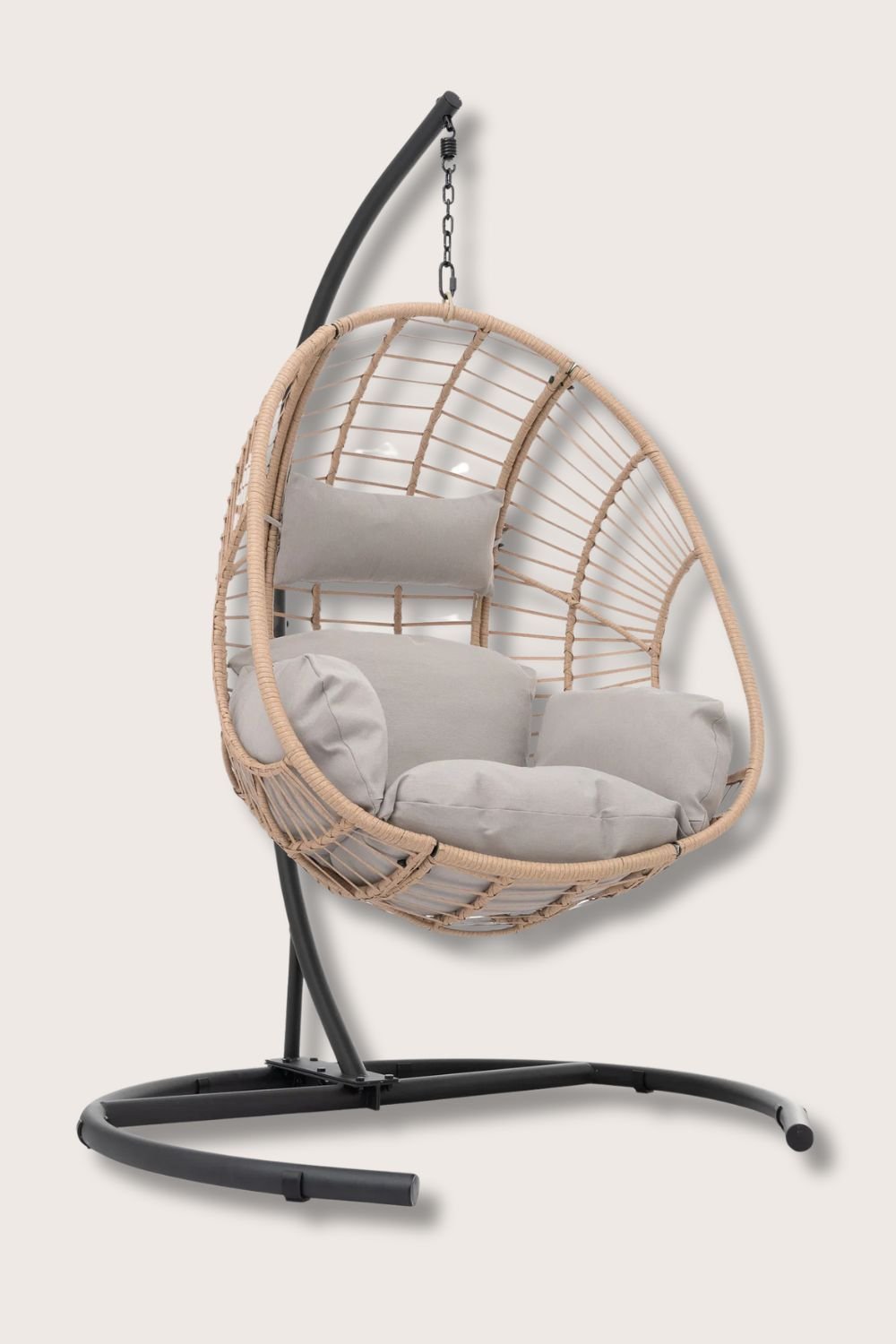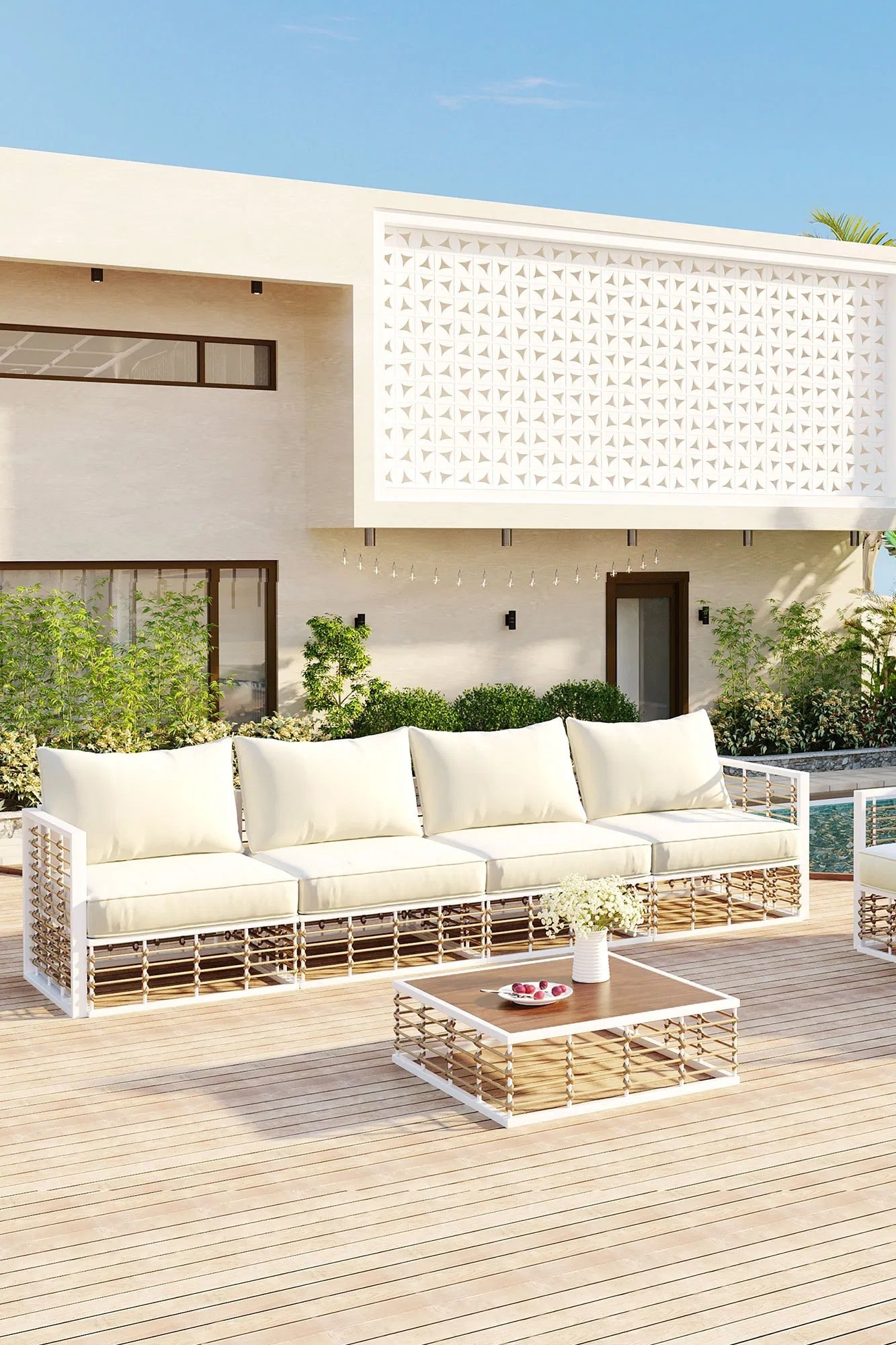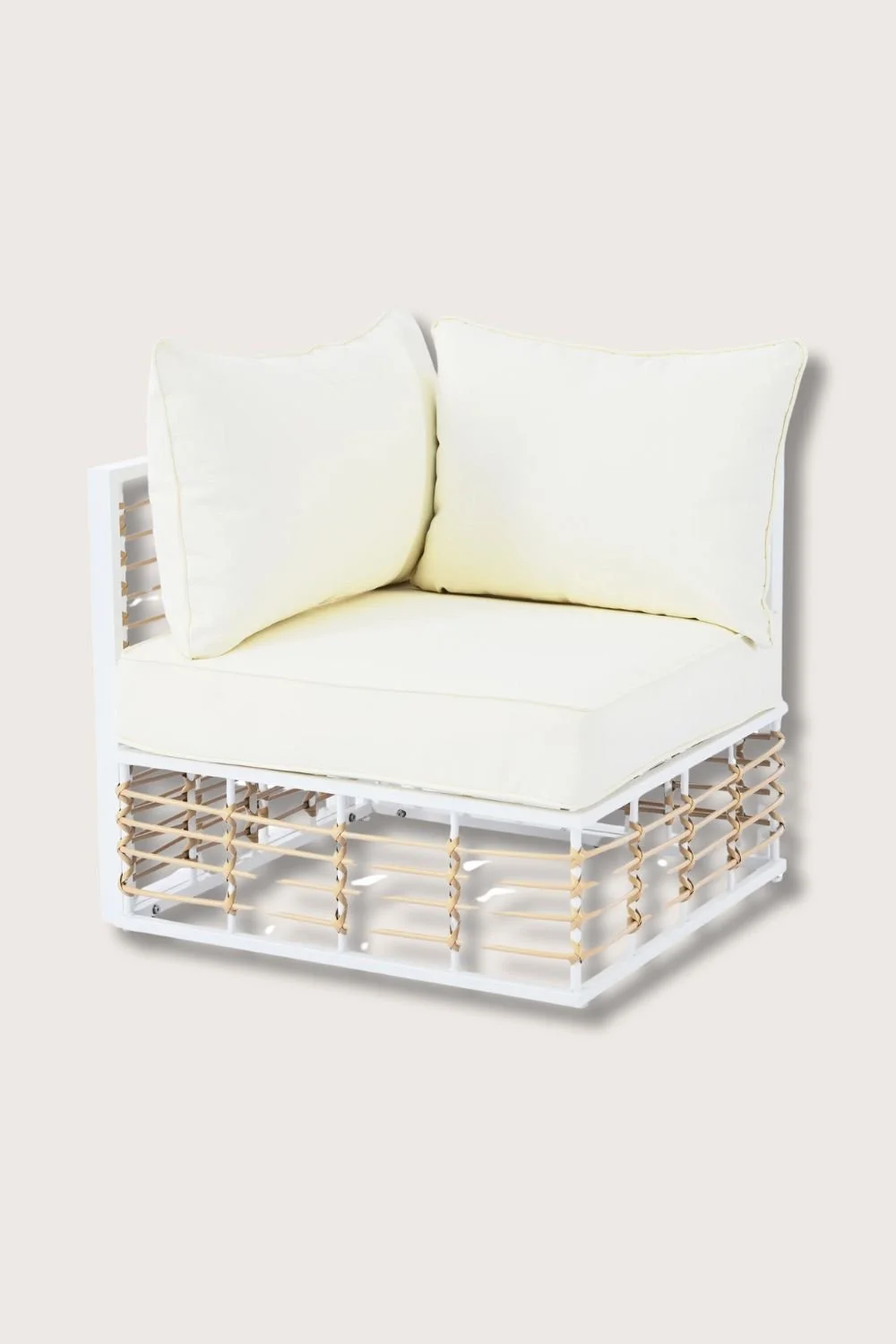 Image 1 of 1
Image 1 of 1


Sag Harbor Beach Umbrella
Details
Keep cool and comfortable all summer long beneath our Sag Harbor Patio Umbrella. This umbrella sports a fringe ruffle design, adding style to your outdoor space. Providing ample shade for outdoor tables, seating areas, or poolside loungers, the canopy features UV-40+ protection, blocking harmful rays to keep skin and furniture protected. The Sag Harbor Beach Umbrella is perfect for patios, poolsides and anywhere your fun in the sun could use a little extra shade.
Editors' Note
The Sag Harbor Collection celebrates the history of the iconic Hamptons area that, in the mid-20th century, became an oasis for America's Black middle class. Like much of New York state, the Black history of the area stretches back to the very beginnings of the United States, where the unincorporated hamlet of Freetown in East Hampton was an enclave for free African Americans as early as 1790. By 1840, following the gradual abolition of slavery in New York state, African Americans migrated to the area in larger numbers, specifically to the town of Eastville, which was then becoming a profitable and well-known whaling port. Eastville was a diverse settlement with African Americans living alongside Native Americans of the Montauk and Shinnecock nations, as well as white families in the area. By 1847, middle class African Americans began coming to Eastville to rent homes for the summer or take up year-round residency. That tradition resumed following the end of the Second World War. Well-off African Americans, long denied access to beaches in other parts of the country, began purchasing plots in the area to sell as summer homes. In 1947, Maude Terry, a Brooklyn school teacher, and her sister, architect Amaza Lee Meredith, partnered with local landowners, Elsie and Daniel Gale, with the dream of creating a vacation community for African Americans. The result was Azurest, a 70 home settlement — which grew to 100 — including several houses designed by Meredith herself. Despite racism in the form of race covenants, restrictive lending, resistance from local white neighbors and threats from the KKK, Azurest was followed by the Sag Harbor Hills and Ninevah Beach developments, creating what is known today as the SANS (Sag Harbor Hills, Azurest, and Ninevah Beach Subdivisions) District. From the 40s on the SANS District provided a place of peace, safety and joy for Black families, whether they were permanent residents or part of the summer scene. Doors were commonly left unlocked and families interacted freely, building community and networking relationships that both reflected and contributed to the change that was happening at the time. Well-off Black creatives, professionals, entrepreneurs and industrialists came every summer from Harlem, as well as New Jersey, Chicago and Washington, D.C. to connect. One early resident, lawyer, Edward Dudley, was a noted civil-rights activist and the first Black U.S. ambassador. As of 2023, his son, then 80 and retired, still lived in the home his parents purchased for their vacations. Through the 50s and 60s, Sag Harbor became a gathering point for Black A-Listers in the entertainment world as well. Musicians like Lena Horne, Harry Belafonte, and Duke Ellington interacted with creatives like poet, Langston Hughes, and artists Al Loving, Howardena Pindell, Reynold Ruffins, and Frank Wimberley, among many others. Today, the various neighborhoods of the SANS District are targets for gentrification and erasure. Amid continuing battles over historic preservation, there are fewer and fewer Black residents, but many who remain are part of a generations-old legacy of Black joy, community, and rest.
Details
Keep cool and comfortable all summer long beneath our Sag Harbor Patio Umbrella. This umbrella sports a fringe ruffle design, adding style to your outdoor space. Providing ample shade for outdoor tables, seating areas, or poolside loungers, the canopy features UV-40+ protection, blocking harmful rays to keep skin and furniture protected. The Sag Harbor Beach Umbrella is perfect for patios, poolsides and anywhere your fun in the sun could use a little extra shade.
Editors' Note
The Sag Harbor Collection celebrates the history of the iconic Hamptons area that, in the mid-20th century, became an oasis for America's Black middle class. Like much of New York state, the Black history of the area stretches back to the very beginnings of the United States, where the unincorporated hamlet of Freetown in East Hampton was an enclave for free African Americans as early as 1790. By 1840, following the gradual abolition of slavery in New York state, African Americans migrated to the area in larger numbers, specifically to the town of Eastville, which was then becoming a profitable and well-known whaling port. Eastville was a diverse settlement with African Americans living alongside Native Americans of the Montauk and Shinnecock nations, as well as white families in the area. By 1847, middle class African Americans began coming to Eastville to rent homes for the summer or take up year-round residency. That tradition resumed following the end of the Second World War. Well-off African Americans, long denied access to beaches in other parts of the country, began purchasing plots in the area to sell as summer homes. In 1947, Maude Terry, a Brooklyn school teacher, and her sister, architect Amaza Lee Meredith, partnered with local landowners, Elsie and Daniel Gale, with the dream of creating a vacation community for African Americans. The result was Azurest, a 70 home settlement — which grew to 100 — including several houses designed by Meredith herself. Despite racism in the form of race covenants, restrictive lending, resistance from local white neighbors and threats from the KKK, Azurest was followed by the Sag Harbor Hills and Ninevah Beach developments, creating what is known today as the SANS (Sag Harbor Hills, Azurest, and Ninevah Beach Subdivisions) District. From the 40s on the SANS District provided a place of peace, safety and joy for Black families, whether they were permanent residents or part of the summer scene. Doors were commonly left unlocked and families interacted freely, building community and networking relationships that both reflected and contributed to the change that was happening at the time. Well-off Black creatives, professionals, entrepreneurs and industrialists came every summer from Harlem, as well as New Jersey, Chicago and Washington, D.C. to connect. One early resident, lawyer, Edward Dudley, was a noted civil-rights activist and the first Black U.S. ambassador. As of 2023, his son, then 80 and retired, still lived in the home his parents purchased for their vacations. Through the 50s and 60s, Sag Harbor became a gathering point for Black A-Listers in the entertainment world as well. Musicians like Lena Horne, Harry Belafonte, and Duke Ellington interacted with creatives like poet, Langston Hughes, and artists Al Loving, Howardena Pindell, Reynold Ruffins, and Frank Wimberley, among many others. Today, the various neighborhoods of the SANS District are targets for gentrification and erasure. Amid continuing battles over historic preservation, there are fewer and fewer Black residents, but many who remain are part of a generations-old legacy of Black joy, community, and rest.

Additional Details
Outdoor umbrella
Color: Cream
Materials: Polyester, Metal
Dimensions:
Overall Dimensions: Dia. 6.2' x 6.9' H
Canopy Bottom Height: 4.9' H
Umbrella Pole Diameter: Dia. 1.25"
Vented canopy with 8 ribs to help it stay stable against the wind
Insert the pole's pointed in the sand or beach umbrella stand for easy setup
Two-section umbrella pole and carrying bag with handle for easy transport
UV40+ silver coated polyester canopy for effective sun protection
Fringed ruffles for added beauty
Assembly required
NOTE: Do not use our beach umbrella during extreme weather (strong wind, heavy rain, snow)
Imported
Made to order
Ships to the continental US in 3-4 weeks
































